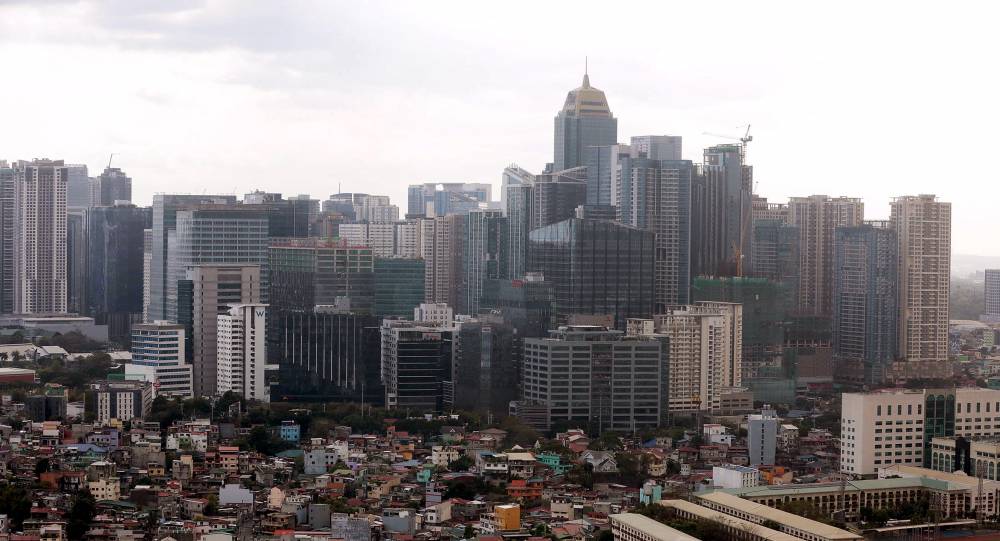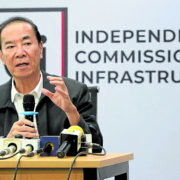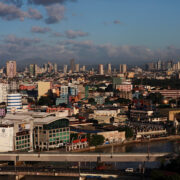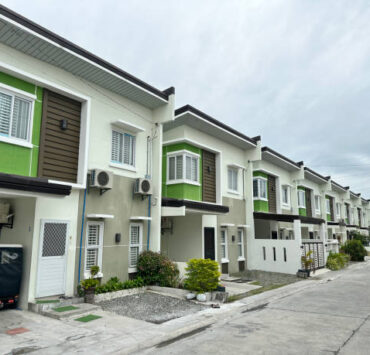Economic woes weaken Q1 business sentiment

Local business sentiment has weakened in the first three months of the year, with the overall confidence index significantly declining amid a string of economic uncertainties.
Results of the Bangko Sentral ng Pilipinas’ Business Expectation Survey released on Friday showed that the overall confidence index (CI) this first quarter had dropped to 31.2 percent from 44.5 percent in the last quarter of 2024.
The more cautious outlook was primarily driven by concerns over the “post-holiday decline in demand for goods and services, a slowdown in business activities and a potential resurgence of inflationary pressures,” the BSP said in a statement.
Better outlook for Q2
Globally, the tariffs imposed by US President Donald Trump on steel and aluminum imports, and recent plans to slap tariffs on cars, are widely expected to increase the cost of doing business. This is especially as countries like China and Canada had to readjust their trade policies, resulting in a trade war.
Still, the local central bank said that optimism rebounded in terms of the outlook for the second quarter, with the overall CI rising to 45.4 percent from 40.3 percent in the previous survey.
The latest survey covered 1,527 corporations during the Jan. 8 to March 1 period.
The CI is computed as the percentage of firms that answered in the affirmative less the percentage of firms that answered in the negative with regard to their views on the overall business outlook.
For the next 12 months, business confidence remained stable, with the overall CI holding at 56.4 percent, unchanged from the previous quarter.
The report showed that business sentiment weakened across all sectors, except for the construction sector, whose optimism remained steady.
Lower utilization
Confidence among trading firms declined, with exporters, dual-activity firms (engaged in both importing and exporting) and domestic-oriented firms indicating lower confidence from the previous survey.
On the other hand, importers’ confidence remained largely unchanged.
The average capacity utilization rate of both the industry and construction sectors also declined to 71.4 percent from 73.9 percent in the fourth quarter of 2024.
Utilization rate is an indicator of production activity as it shows how much capacity is being deployed to meet customer demand.
The report showed that firms anticipated tighter financial conditions and limited access to credit during the first quarter.
“The financial condition index became more negative, reflecting expectations of tighter cash or liquidity positions,” said the report.
Businesses also expected a more constrained funding environment, as the credit access index reverted to negative territory, the central bank said.





















